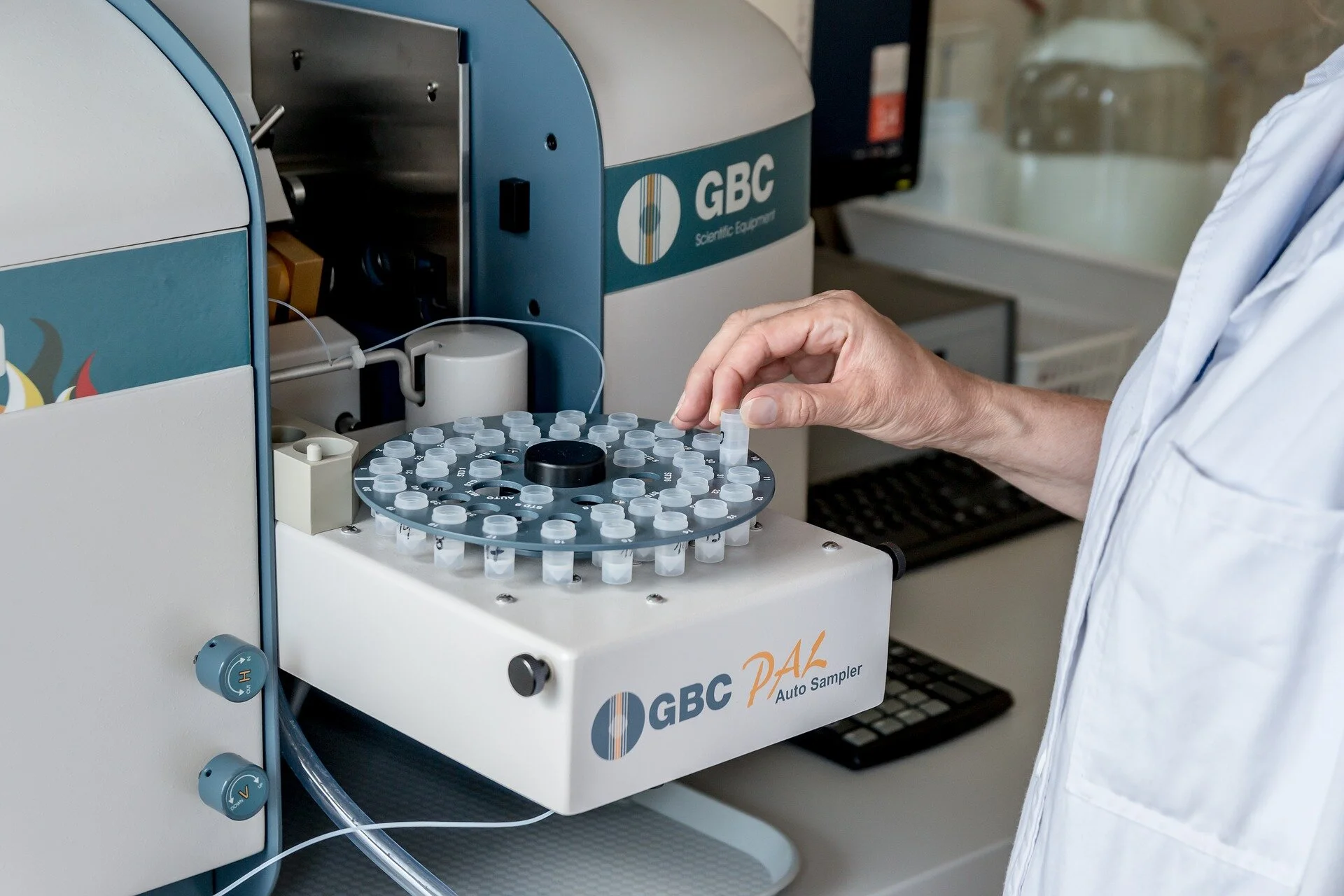The 4 Pillars of a Lab Equipment Management System
Introduction
The clinical laboratory is carefully balanced environment and, like the equipment that fills its walls, more than the sum of its parts. It is complex, delicate, and structured, but must also maintain a sense of flexibility to accommodate the accelerating rate of change in the fields it supports.
Providing flexibility and structure for lab equipment operations in an organized manner can be overwhelming, especially without the proper framework. However, establishing a Lab Equipment Management (LEM) system can alleviate much of that difficulty.
LEM Explained
The key elements of an LEM system go beyond the tasks of supplier management and equipment selection. It must encompass the entirety of the lab’s operational capacity to both understand current capabilities and identify improvement and expansion opportunities. Here are a few examples of LEM outputs:
Tracking the day-to-day equipment behavior in the lab
Understanding the true efficiency and productivity of your equipment
Tracking equipment maintenance and reliability behavior
Understanding equipment capabilities to inform capital and technology refreshes
Identifying process bottlenecks and optimization opportunities.
Building Your LEM System
One of the primary benefits of an LEM system the broad set of insights which can be derived from the equipment operation, which allows the lab to continually evaluate and improve the lab from multiple directions. LEM System is a single source to track if a designed process is meeting its goals, report on reliability and OEE metrics, notify users of harmful machine issues, or environmental irregularities, and provide insights to improve performance and direct capital spending.
Here are the four foundational cornerstones a functional LEM system should cover.
Productivity
Let’s start by stating the obvious: Each day comes with a finite amount of time.
Regarding lab operations, that time can be divided into active and passive tasks.
Active tasks may include:
Collecting samples
Sample preparation
Passive tasks may include:
Waiting on paperwork or procedures to be completed
Sample analysis runtime
Understanding the ebb and flow of active equipment usage can create specific windows of opportunity to boost productivity. For example, auditing workflows to ensure you have people quickly addressing manual steps and identifying exactly how much those manual steps are acting as a bottleneck to automated equipment processes. Similarly, changing consumable replenishment strategies by leveraging automated tech such as liquid handlers provides both a means to streamline that process and the chance for whomever was previously responsible for manually completing that task to better dedicate their time and effort.
And along with the resulting productivity increase, there are additional benefits to be had as well:
Reducing stress. Juggling multiple tasks can be daunting for personnel. Assisting them in creating a manageable schedule ensures the work is completed efficiently and effectively without undue added stress.
More time. Time management creates more time in the average day. When those missed windows of downtime are successfully leveraged into active tasks, the work is completed efficiently, and productivity has the same opportunity to increase.
More opportunity. As the flow of active and passive tasks is successfully managed, existing capability will increase to provide the opportunity to expand for new business.
That’s productivity in a nutshell – how much work can be done in the allotted time frame.
Efficiency
If productivity is the volume of work done, then efficiency is the quality of that work. The correlation between productivity and efficiency has already been discussed in terms of time management, but that’s not the only option for increasing efficiency.
Producing a high volume of work is important, but in a clinical laboratory setting, quality should never be sacrificed for volume. The cost of degraded outputs can be measured in both monetary terms and patient safety.
And while process improvements can be the most difficult to identify in a laboratory setting, making them is one of the simplest ways to reduce waste and improve efficiency. Examples include:
Understanding the true cause of unproductive time, equipment failure, manual steps, sample replenishment and consumable refreshing all make up a substantial impact on operations and require very different strategies to address.
Evaluate equipment for idle time to reduce wasted solvents and needless wear and tear
Identify opportunities for automation to increase method accuracy and reduce errors
The volume of work becomes meaningless if the analysis being run is inaccurate. Not only does this decrease efficiency, but it can decrease confidence in the laboratory.
Empower the laboratory team to identify bottlenecks and create compliant solutions
Track issues with periodic monitoring to see if problems are recurring
Properly maintain equipment by following the manufacturer’s recommendations
Improving efficiency supports and improves patient care, providing additional resources for needed testing and evaluation of clinical results.
Reliability
There’s no way to escape the unexpected complications that can arise while working with complex clinical laboratory equipment. From simple human error to mechanical breakdowns or systemic failures in laboratory processes, identifying the root cause of the deviation is as critical as finding the error itself:
A blocked fan vent on a freezer causes a temperature excursion; the samples contained in the freezer are outside their recommended storage conditions and must be discarded.
A failing heating element in an incubator prevents samples from coming to the right temperature prior to getting processed; the samples produce inaccurate test results.
Are these isolated events? Recurring issues that can be solved with retraining? Indicators of equipment that needs to be prioritized in the maintenance/replacement hierarchy?
Tracking errors as they occur can provide the necessary metrics for applying appropriate corrective and preventive actions to reduce the number of errors that result in downtime for personnel and equipment. Commercial solutions are available to track and trend non-conforming results as well as document the investigation into the root cause. But even a simple spreadsheet is better than nothing as a means to gather and organize the necessary data for tracking failures and their causes.
It is crucial to perform a periodic evaluation of the data to identify any trends related to equipment performance, training gaps, likelihood of recurrence, or hidden opportunities for process improvements.
Quality Checks
Laboratory procedures should provide for routine equipment maintenance and output checks. The nature and frequency of those checks is dependent upon the risk of an error being reported and its impact on the safety and efficacy of the clinical processes.
In addition to performing the checks, oversight is necessary to ensure the program is being carried out according to SOP. These reviews should evaluate the outcome of the quality check as well as the adherence to the schedule. Establishing a periodic maintenance schedule is not sufficient. Is there a mechanism in place to ensure the schedule is being followed? Are there automatic triggers to identify when a scheduled task is missed or is it reliant on a manual check of the schedule?
Quality checks on the tests and results provide confidence in the methods and analysis being used to generate data. Monitoring the environmental factors in a laboratory can also provide a measure of quality control. It is vital to understand what external factors may impact the outputs of testing.
Dry ice produces CO2 and if left too near test equipment may impact test results
Machines situated too close to air vents experience greater external temperature fluctuations which impacts their performance
A LEM System That Works
A managed LEM framework will provide a flexible but consistent structure for laboratory operations to maintain a high quality of output while identifying opportunities for sustainable growth. The Sigsense platform provides a comprehensive LEM solution that will provide the necessary insight for management to track operational performance, optimize the data gathered, and convert it into cost-saving efficiencies. This tailor-made solution focuses on the specific needs of the customer to maximize the opportunity for growth. Contact us for more information.


